Hal Ashby had a strong presence as a film director in the 1970s. In particular, Ashby was noted for his quirky, off-beat, anti-establishment, counterculture films, which elicited strong performances from his actors. He directed Lee Grant, Jon Voight, Jane Fonda and Melvyn Douglas in Oscar winning performances. He also directed Jack Nicholson, Randy Quaid, Jack Warden and Peter Sellers in Oscar nominated roles.
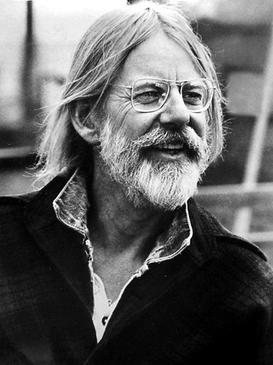
Ashby is recognized as being part of the New Hollywood wave of filmmaking. This era in American cinema is also known as American New Wave or the Hollywood Renaissance. It is recognized as a time when a new generation of young, edgy, independent filmmakers dominated the film industry from the mid-1960s to early 1980s.
In the 1960s, Hal Ashby was a well-established film editor who won the Best Film Editing Oscar for In the Heat of the Night (1967). He made his directorial debut with The Landlord (1970), which earned Lee Grant both Oscar and Golden Globe nominations for Best Supporting Actress. The movie is a social satire about a wealthy young man (Beau Bridges) who purchases a run-down Brooklyn tenement.
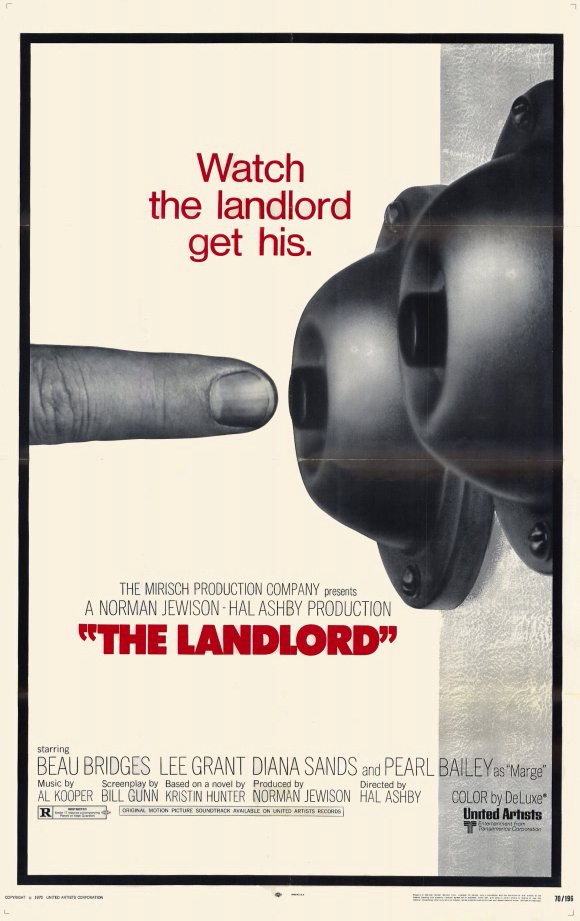
Ashby’s next film was the cult classic Harold and Maude (1971), which was nominated for two Golden Globes and one BAFTA film award. The movie is a black comedy about a wealthy young man (Bud Cort) obsessed with death who falls in love with an eccentric, outgoing older woman (Ruth Gordon) who changes his life.

He followed this up with The Last Detail (1973) for which he was nominated for Palme d’Or. The film was nominated for three Oscars, two Golden Globes and four BAFTA film awards (winning two for Best Actor and Screenplay). The film is a social comedy about the adventures of two navy sailors (Jack Nicholson and Otis Young) who decide to show a younger recruit (Randy Quaid) a good time before escorting him to a military prison.
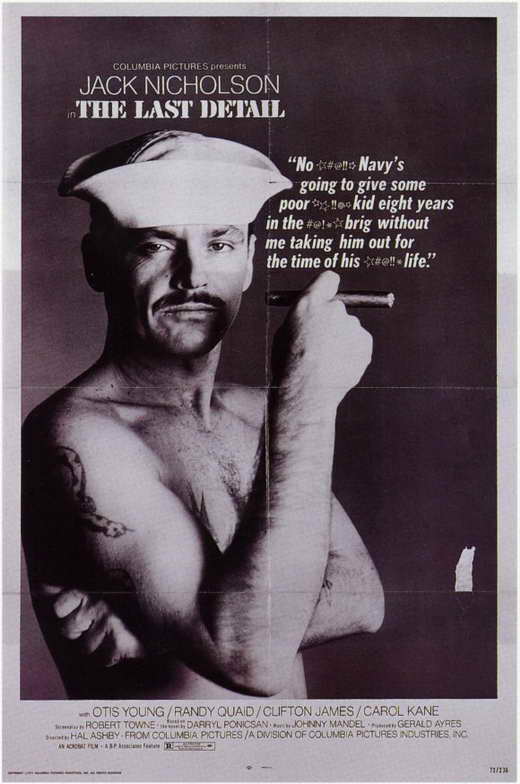
His next movie Shampoo (1975) is a social satire about a promiscuous hairstylist (Warren Beatty) as he juggles multiple relationships with his female clients on the eve of the 1968 American elections. The film was nominated for four Oscars, five Golden Globes and one BAFTA film award. Lee Grant won the Best Supporting Actress Oscar for her role in the film.
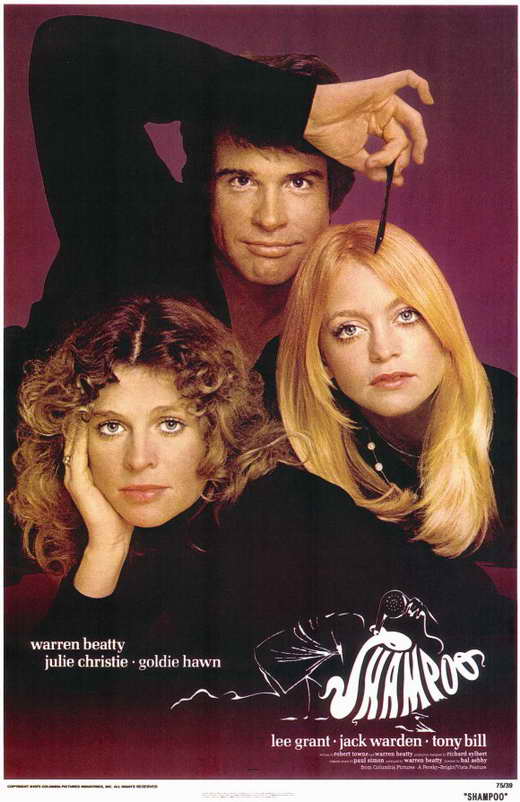
Ashby’s next project was Bound for Glory (1976), the biographical tale of travelling folk singer Woody Guthrie (David Carradine) for which Ashby was nominated for his second Palme d’Or. The movie received six Oscar nominations, including Best Picture, and four Golden Globe nominations. It won two Oscars for Best Cinematography (Haskell Wexler) and Best Music, Original Song Score and Its Adaptation or Best Adaptation Score (Leonard Rosenman).
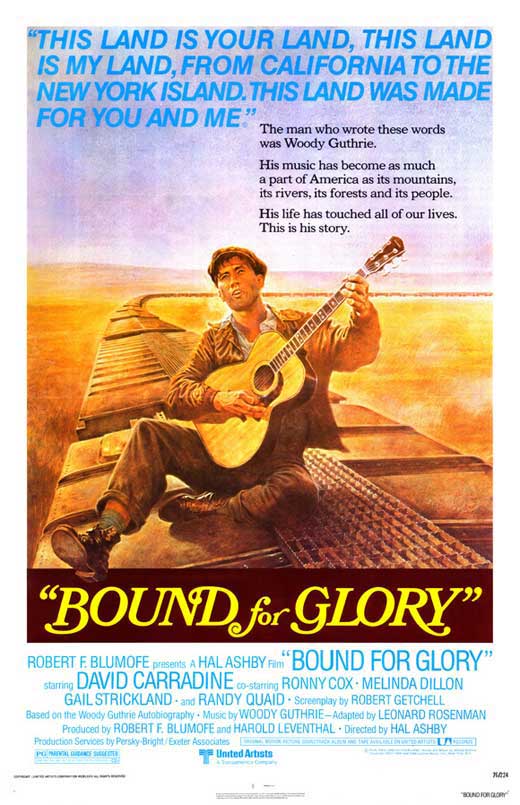
Hal Ashby received is first (and only) Oscar nomination for Best Director for his next film Coming Home (1978). Ashby also received his third Ashby Palme d’Or nomination for the film. The movie is an anti-Vietnam War drama that tells the story of a love affair between the wife (Jane Fonda) of a serving marine (Bruce Dern) and a disabled veteran (Jon Voight). The movie was nominated for eight Oscars, including Best Picture, and won for Best Actor (Voight), Actress (Fonda) and Original Screenplay (Nancy Dowd, Waldo Salt and Robert C. Jones). It was also nominated for six Golden Globes, winning Best Actor (Voight) and Best Actress (Fonda) in a Drama.
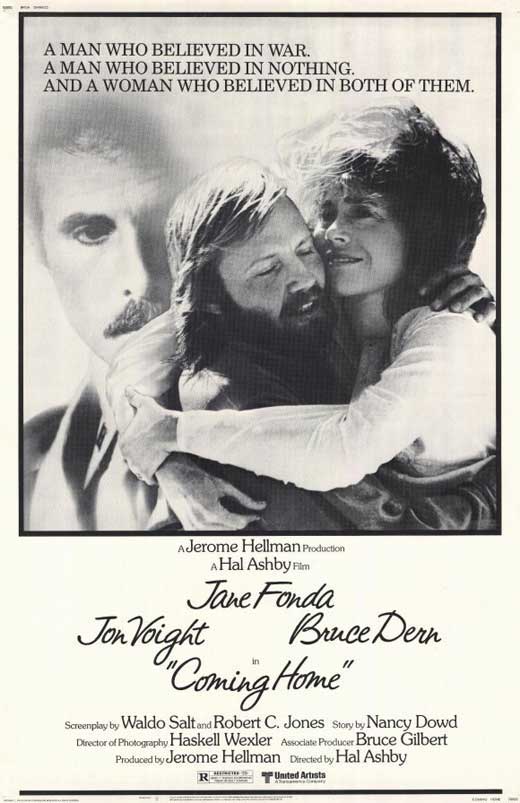
Following the critical and commercial success of Coming Home, Ashby was able to negotiate a deal with Lorimar and established his own film production company Northstar.
Ashby received his fourth Palme d’Or nomination for his last film in the 1970s Being There (1979), a satirical comedy about a simplistic and naïve gardener (Peter Sellers) who becomes the unlikely advisor to a wealthy Washington businessman and political insider (Melvyn Douglas). The movie was nominated for two Oscars, winning Best Supporting Actor (Douglas). It was also nominated for six BAFTA film awards, winning Best Screenplay (Jerzy Kosinski), and six Golden Globes, winning Best Actor in a Comedy or Musical (Sellers) and Best Supporting Actor (Douglas).
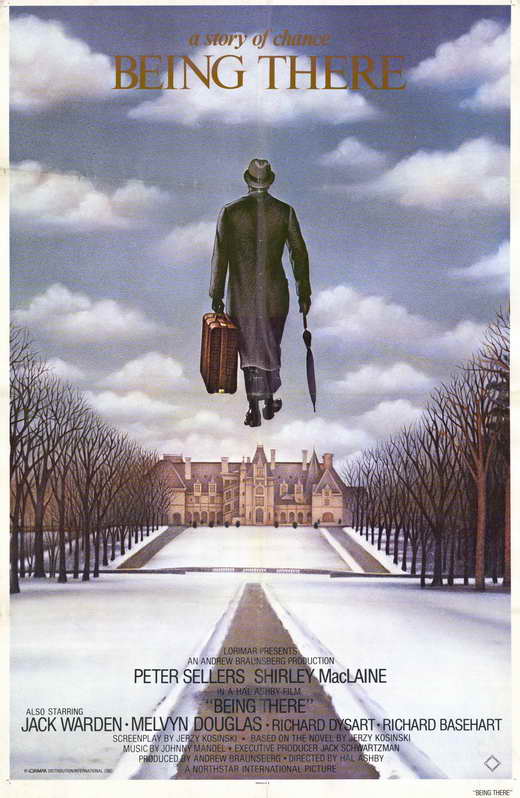
Despite an auspicious career as a movie director in the 1970s, Hal Ashby’s career began to swiftly decline in the 1980s. Following Being There, Ashby was reputed to become more and more reclusive. Rumors also began to circulate about a drug addiction. In addition, Ashby began to have frequent clashes with studio executives during the production of his next films Second-Hand Hearts (1981) and Lookin’ to Get Out (1982), which culminated in his removal from directing Tootsie (1982). Ashby was also fired after producing a 20-minute rough cut of Neil Simon’s The Slugger’s Wife (1985), which went on to become both a commercial and critical flop. In addition, Ashby was let go on the final day of principal photography from his last film 8 Million Ways to Die (1986). As a result, Ashby became largely unemployable as a film director.
Diagnosed with pancreatic cancer, Hal Ashby died on December 27, 1988 at the age of 59.
His influence on the films of the 1970s remains strong even today with his films Harold and Maude and Being There both being selected for preservation in the United States National Film Registry by the Library of Congress as being “culturally, historically, or aesthetically significant.”
~Terry Gale